Collecting antique photographs
It’s the stuff of antiques-hunting dreams: an old, black and white photograph of a few men playing croquet is purchased for €2 at a Californian junk shop. The image is later authenticated as one of only two known photos of the notorious 19th-century outlaw Billy the Kid, and valued at several million dollars. But this was no dream – it was the experience of American collector Randy Guijarro, who bought this photo back in 2011. And his tale is far from the only incidence of surprising treasures being unearthed in the field of antique photography.
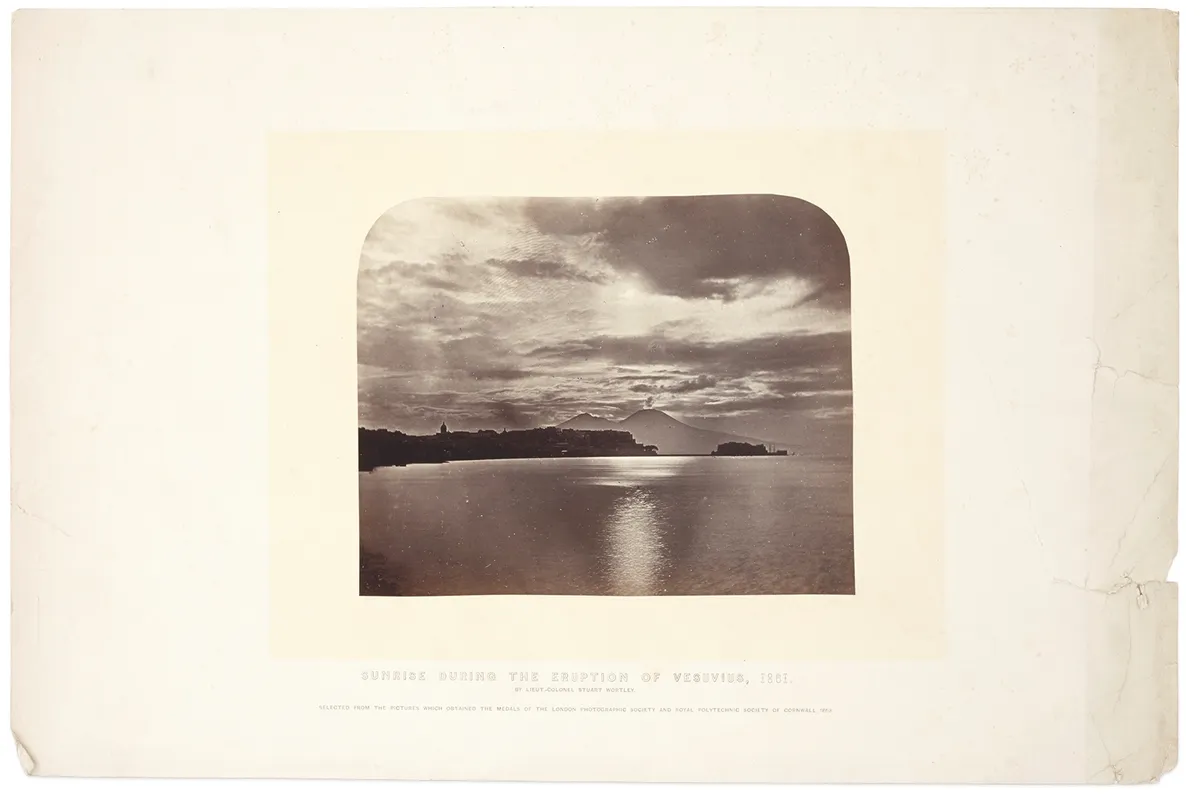
‘The exciting element of collecting early photography is that there are still many discoveries to be made,’ asserts Richard Fattorini, senior specialist in Sotheby’s Book department and a member of The Royal Photographic Society’s Historical Group. ‘In 2011, a large collection of 1850s photographs of Burma and India by Linnaeus Tripe was discovered in a house in Scotland and sold for a total of nearly £900,000. And in 2013, a newly discovered album of 32 photographs by Julia Margaret Cameron sold for over £240,000.’
Why collect antique photographs?
Despite dramatic finds like these, collectors tend to gravitate towards antique photography for its intrinsic personal interest, rather than the potential monetary value. ‘Nearly every collector will tell you that they collect from the heart rather than thinking of financial gain,’ agrees Richard. It’s easy to see the appeal – antique photographs offer a visible connection to the time from which they originate, allowing us a glimpse of the past in an authentic and intimate way.
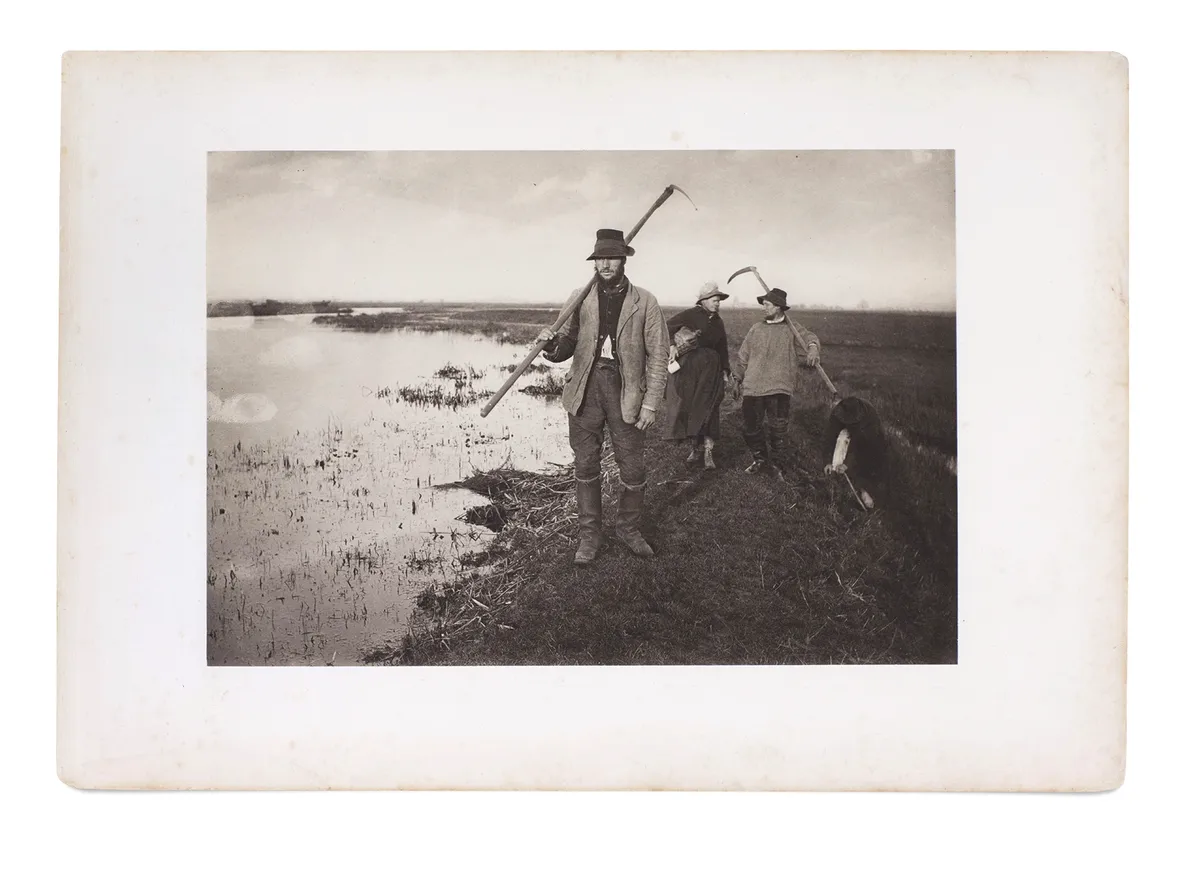
‘Photography is a uniquely immediate art form, more direct than writing or painting, in its ability to conjure a world,’ says Donovan Rees of Bernard Quaritch Rare Books & Manuscripts. ‘But it is also mysterious – often showing places that are unrecognisable today, people long dead, and activities that are no longer performed. There is also something intangibly exciting about being close to the birth of new technology, to imagine that what you are looking at might be the first-ever photograph of a particular place, person or event.’
What are the different types of antique photographs?
Prospective collectors will benefit from learning a little about the technology and different formats of early photographs. For example, the earliest type of photos and – generally speaking – the rarest, are daguerreotypes, the first publicly available photographic process, dating back to the 1840s, from a technique developed by French inventor Louis Daguerre. This was superseded by the cheaper-to-produce ambrotype prints that gained popularity in the 1850s and 60s, and tintypes that emerged in the latter half of the 19th century.
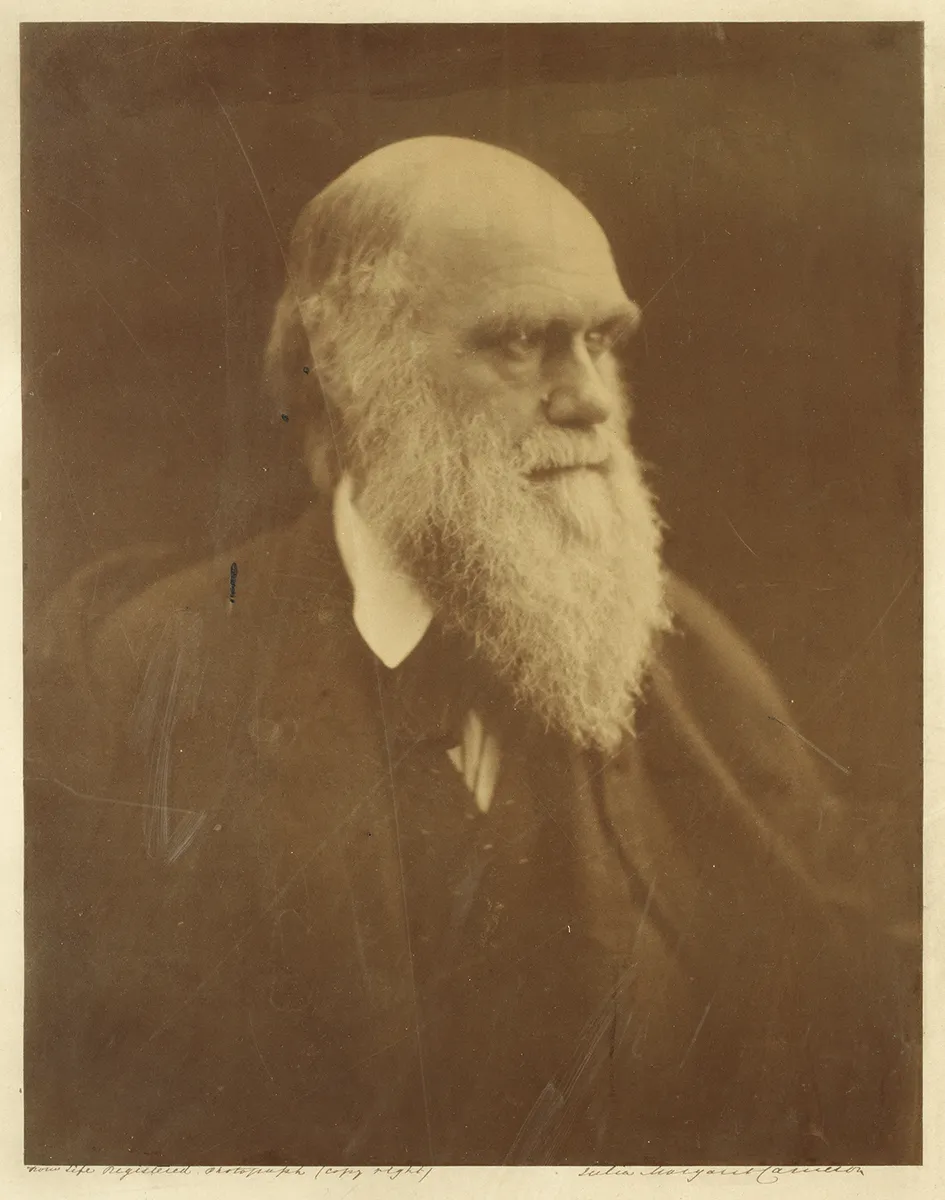
How to name and date a vintage photograph
Knowledge of these (and various other) early photographic formats can be helpful in dating antiques, but there are other clues that can help too. ‘Knowing who took the photograph certainly helps in dating a print but, in the case of an unknown photographer, the process and format will often help you work out the rough date or decade of an image,’ explains Richard. ‘There may be clues in the image – look at the clothes, hats and hairstyles, or modes of transport. Perhaps there is a signature or negative number in the image, and it’s always worth examining the back to check the mount for any stamps, dates or handwritten inscriptions. Cartes-de-visite [small-format, widely produced photos, popular for display in Victorian albums] and cabinet cards [a larger version of this trend] will often carry the photographer’s name and address, and albums may have ownership inscriptions or a bookplate.’

Much satisfaction can be gained from such detective work and, however much or little you’re able to discern, there’s equal enjoyment to be had in building your own collection. ‘As in any collecting field, there are the extreme highs and the extreme lows, but photography is often much more accessible to nascent collectors than art,’ says Donovan. ‘The big namesof 19th-century photography or particularly noteworthy images will attract five-figure prices, but interesting anonymous photographs and albums can be picked up from about £50–£100.’
Famous photographers
Richard Fattorini agrees: ‘Many cartes-de-visite, anonymous portraits or European views can be purchased for low sums, but prices can quickly rise to four or five figures for fine photographs by famous photographers, or for photographs of countries outside Europe, for example, India, China and the Middle East.’ Early photographers who attract the most interest include William Henry Fox Talbot, Anna Atkins, Roger Fenton, Julia Margaret Cameron, Peter Henry Emerson and Mathew Brady – and their work sells for several thousand pounds.
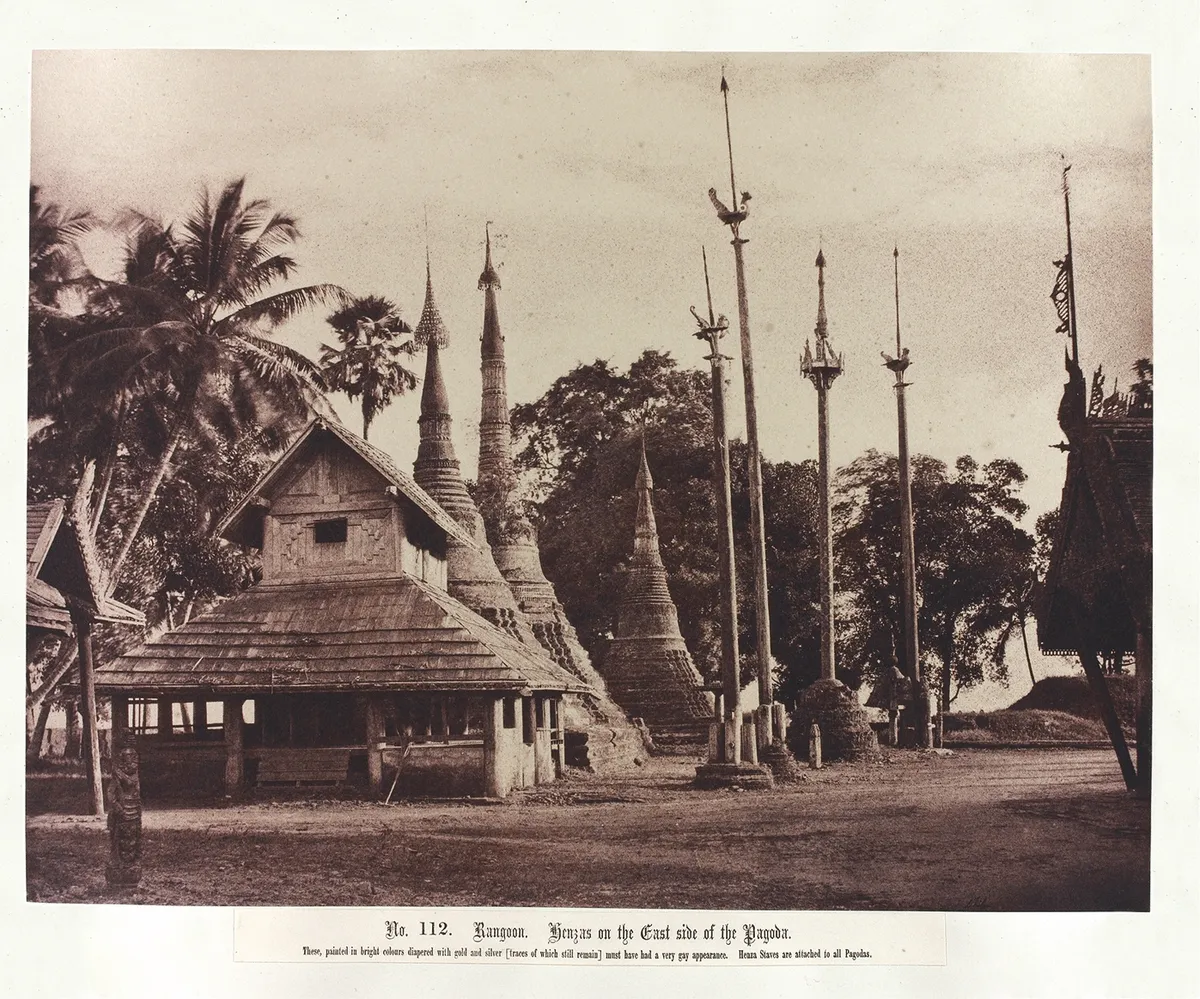
How to care for antique photographs
It’s worth remembering that antique photographs are extremely fragile. Different formats require different care but, as a rule, keep them out of sunlight (always use UV-protective frames and acid-free mount board), while acid-free sleeves within an archival-quality box or album should help to preserve stored antique photography.
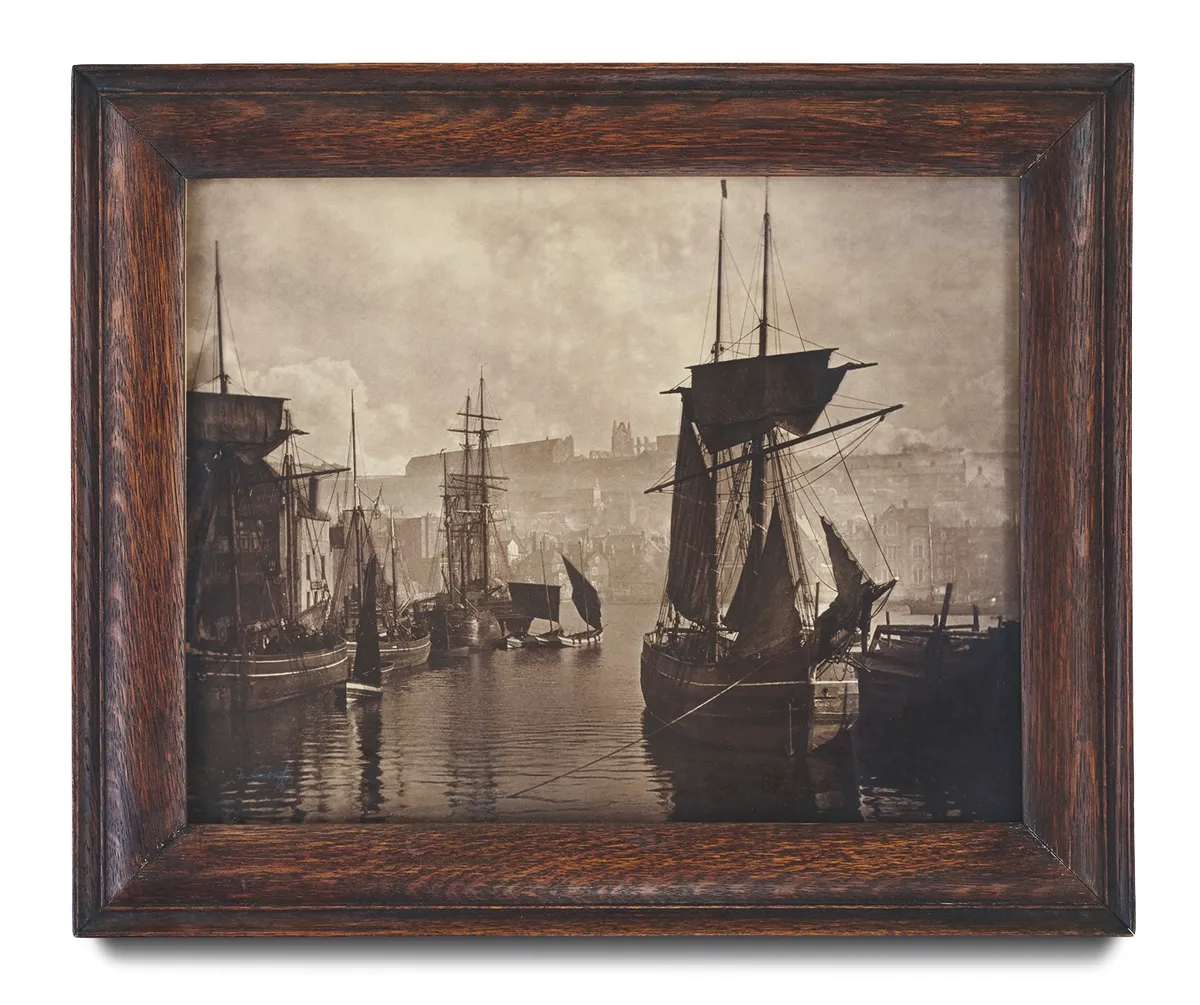
Check out Who Do You Think You Are? magazine's guide to cleaning, storing and displaying old photographs.
Where to buy antique photographs
Auction houses such as Sotheby’s and Bonhams offer regular photography sales, and are a good port of call for notable photographs and photographers, covering the entire history of the medium.Bernard Quaritch Ltd,Maggs Bros Ltd andAllsworth Rare Books are also good places to look.
Other sources for information
If you're still looking for some more information on antique photographs, The Classic is a great place to find details of photo fairs and events, plus various articles on the subject (available in print and online). The V&A's is another knowledgeable source - their photography collection is one of the world’s largest, and the website is a mine of information about photographic artists and processes.
Words: Jenny Oldaker